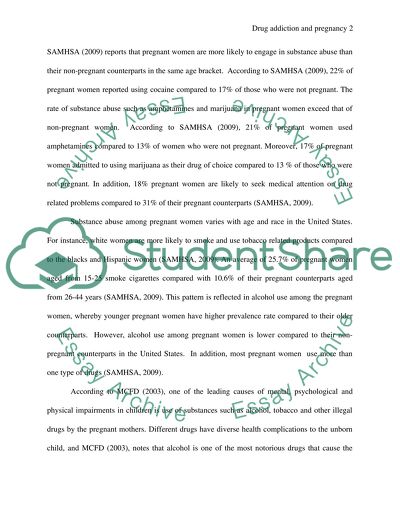Cite this document
(“Prosecuting mothers of children born with problems due to the mothers Term Paper”, n.d.)
Retrieved from https://studentshare.org/environmental-studies/1418582-prosecuting-mothers-of-children-born-with-problems
Retrieved from https://studentshare.org/environmental-studies/1418582-prosecuting-mothers-of-children-born-with-problems
(Prosecuting Mothers of Children Born With Problems Due to the Mothers Term Paper)
https://studentshare.org/environmental-studies/1418582-prosecuting-mothers-of-children-born-with-problems.
https://studentshare.org/environmental-studies/1418582-prosecuting-mothers-of-children-born-with-problems.
“Prosecuting Mothers of Children Born With Problems Due to the Mothers Term Paper”, n.d. https://studentshare.org/environmental-studies/1418582-prosecuting-mothers-of-children-born-with-problems.


